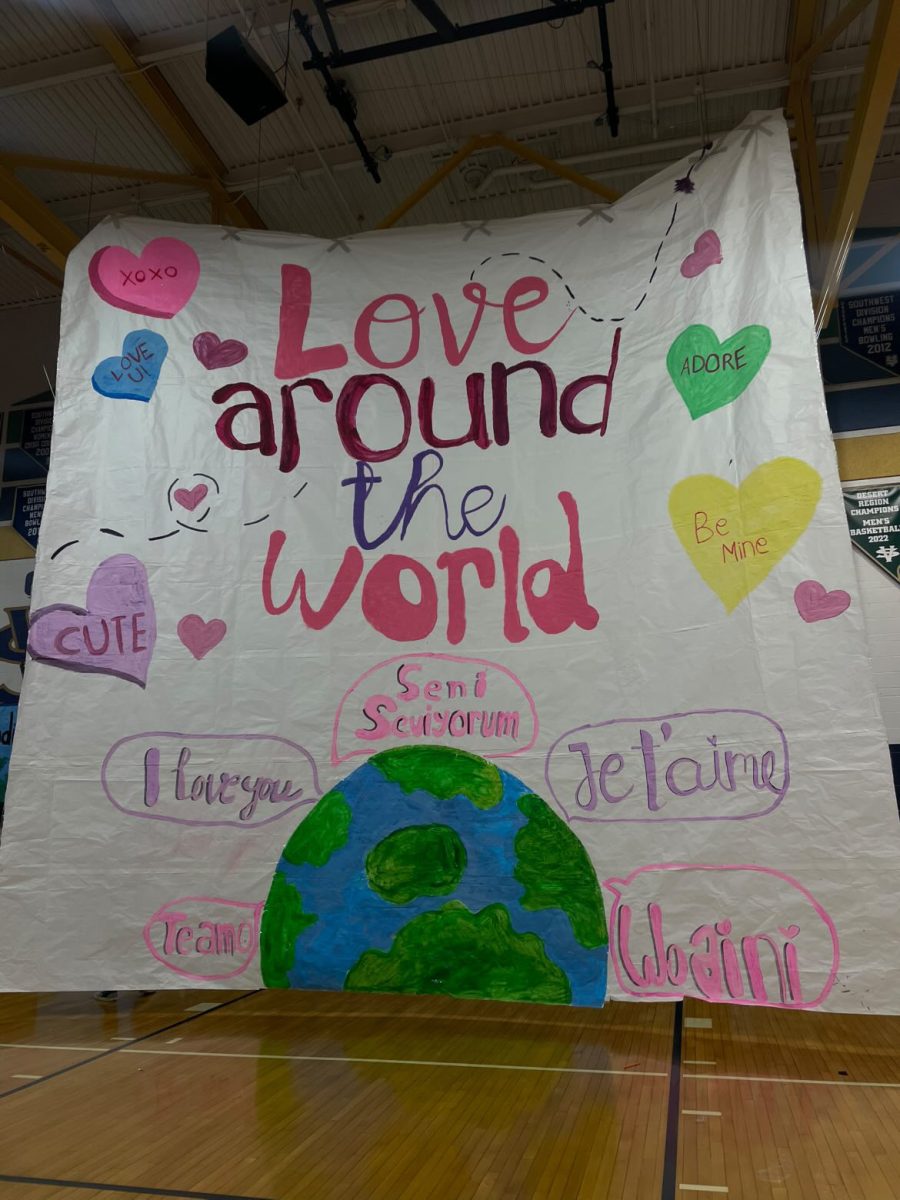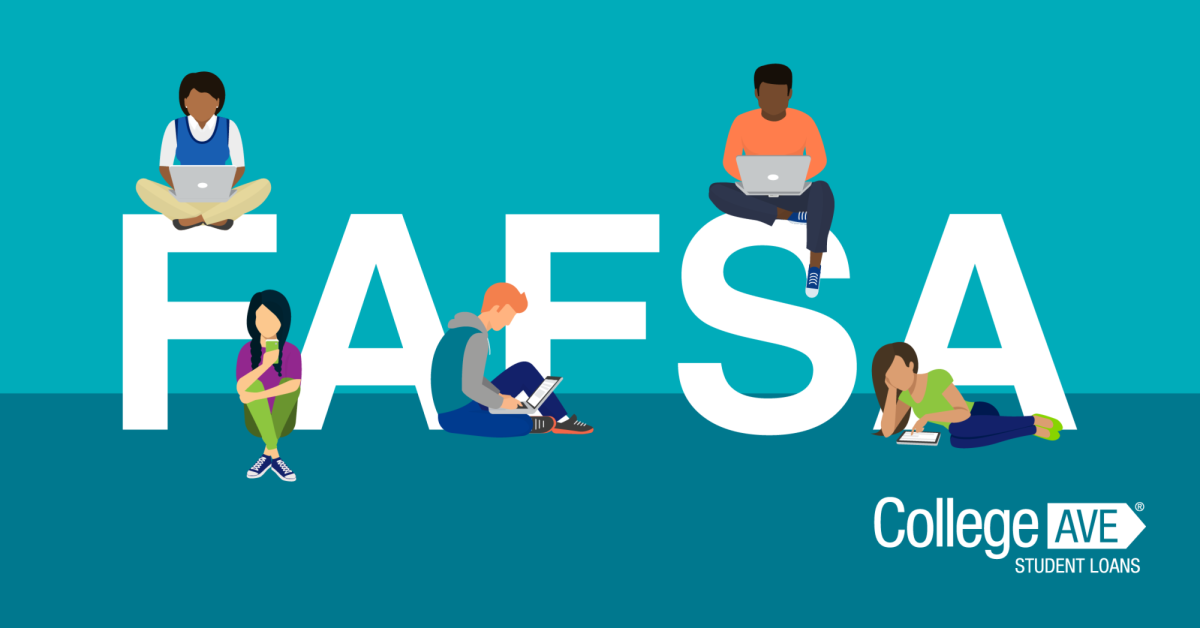In the modern digital age reading has found itself on the back burner of hobbies; during this drought of bibliophiles and casual page turners one might ask: Are people becoming less familiar with literary devices? Media literacy includes understanding things like subtext, theme, foreshadowing and other literary devices. To make and follow most media, like books, movies, and TV, one must understand literary devices. People are concerned about a “media literacy crisis” in the United States but what does that mean? And how does it affect the future of our students?
Heather Vallejos, a 12th grade English teacher at Spring Valley High School, has been teaching for seven years, and sees the impact of declining media literacy.
“We feel like students are very superficial and very concrete, so it’s a little hard sometimes to read between the lines, because in this day and age of information just at you,” said Vallejos. “It’s really easy just to read on the surface and not to dig down.”.
Students learning, and reviewing how to understand media are only seeing things at face value, seemingly as a result of the way they presented information today, according to Vallejos. Information is readily available at all times with little searching due to the internet. Grasping media on a deeper level doesn’t just affect high school English grades. Students that have surface level comprehension of these in class resources are likely to have the same understanding when it comes to jobs, higher education, or even entertainment like TV and movies.
“I mean, close reading is not just a literature thing, like you have to be able to close, read and understand your task at work, you know, memos, documents, you know, for the company, things like that, and especially, obviously, higher education.” said Vallejos.
“These kids don’t really know what they’re doing a lot of the time,” said junior Audrey Losse. “They kind of want the teacher to tell them how to do it, not actually think for a minute.”
Fellow students have picked up on their peers’ attitudes towards reading and analyzing. Losse notes that her peers seem to be lost and just want their teacher to present the answers to them instead of taking the time to find them for themselves.
An idea to help students understand better and more consistent, instead of penalizing them for taking advantage of their digital age, ( like many seem to fall back on) is to have a restructuring in the way their curriculums are planned
“I wish that as we meet as a department, the English department, but we don’t necessarily talk about vertical alignment,” said Vallejos. “So let’s talk about what they are coming in from middle school with, into ninth grade. What 10th grade is doing, how ninth can support, What 11th is doing, how 10th can support.”
Vallejos mentions how if the English department was able to come together to plan their curriculums together, they could support each other and the students by knowing what to go over, recover, and what students are maybe struggling with before they actually get to the classroom. Having this kind of structure could help students stay more consistent with their skills stretching them over time. A vertically aligned curriculum would be able to put in the supports for what students struggle most with to ensure they’re ready for the next level. However the issue with students may not entirely be a lack of support but a lack of motivation.
“I think just trying finding something fun for them but more often than not kids are not going to want to learn if they don’t want to.” said Losse
Choosing “entertaining material” would seem to be the answer however, even with a more consistent flowing curriculum in place it still leaves it up to the student to choose to engage with the material. Losse brings up the point that if students don’t want to learn they won’t, their needs to be a revival in the want to learn. although Losse touches on another point, that is that students don’t appreciate the value of education especially language arts classes
“I don’t think a lot of them think that they’re going to be actually using a lot of language classes, because in their daily lives they don’t read a lot”
A “I’ll never use this in real life” mentality seems to have taken on the students (More info), but media literacy is more than just analyzing poems, and books. A controversy that had come out due to a lack of media literacy, surrounds the rising pop star Sabrina Carpenter. Parents and younger fans criticized her provocative performances on her Short N’ Sweet tour, saying it was inappropriate and unexpected of her. This left many puzzled as the singer had always had very bold and blatantly provocative lyrics even before the live performance debut. (More info ) However it seems lots of peeved parents and preteens didn’t see past the catchy melodies and just figured it should be appropriate.
“I’ve experienced many students who complain about these elements and simply say they just don’t get it,” Said Senior Alisa Haber “They cannot pinpoint a theme or find their way towards it. Many people say the curtains were just blue, for example, instead of analyzing it as a device for anything further.”
The phrase “the curtains were just blue” is used when someone believes that a detail in a piece of writing is unimportant and has no meaning behind it, it is simply just that because the author wrote it that way. While this may be the case in some scenarios it is not the answer to all. In fact, in a lot of cases there’s a lot of meaning in subtle details.
Another misunderstanding started with Netflix’s original series: Squid Games, when it featured a scene where homeless people were offered food or lottery tickets. Many viewers had misunderstood the meaning behind the action, and many more misunderstood why so many people took the tickets over food. (More info) Viewers took this to show the stupidity of the homeless, instead of seeing the malicious intent of the man giving it to them.





